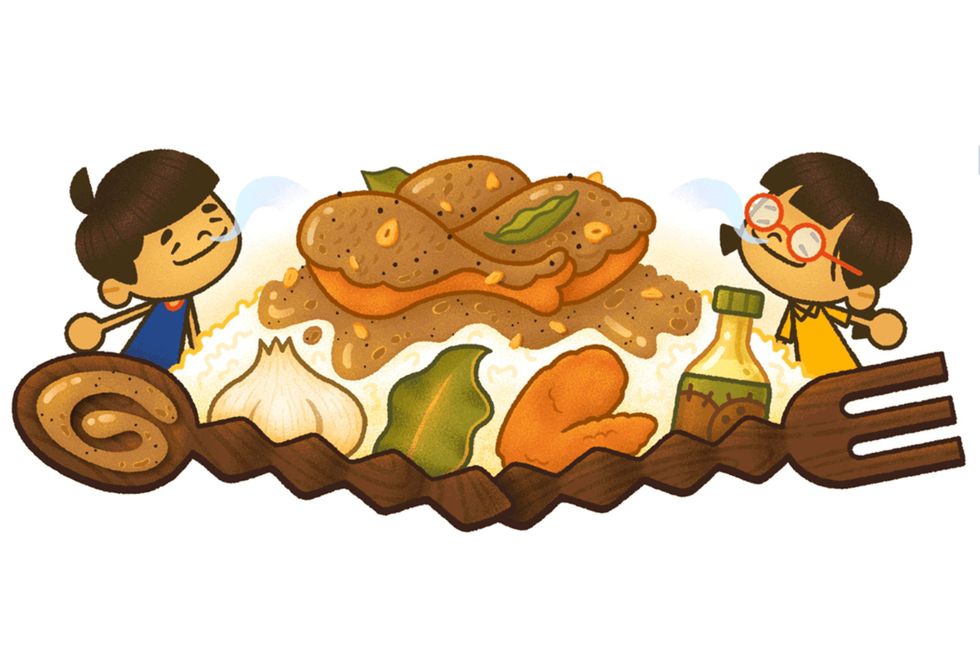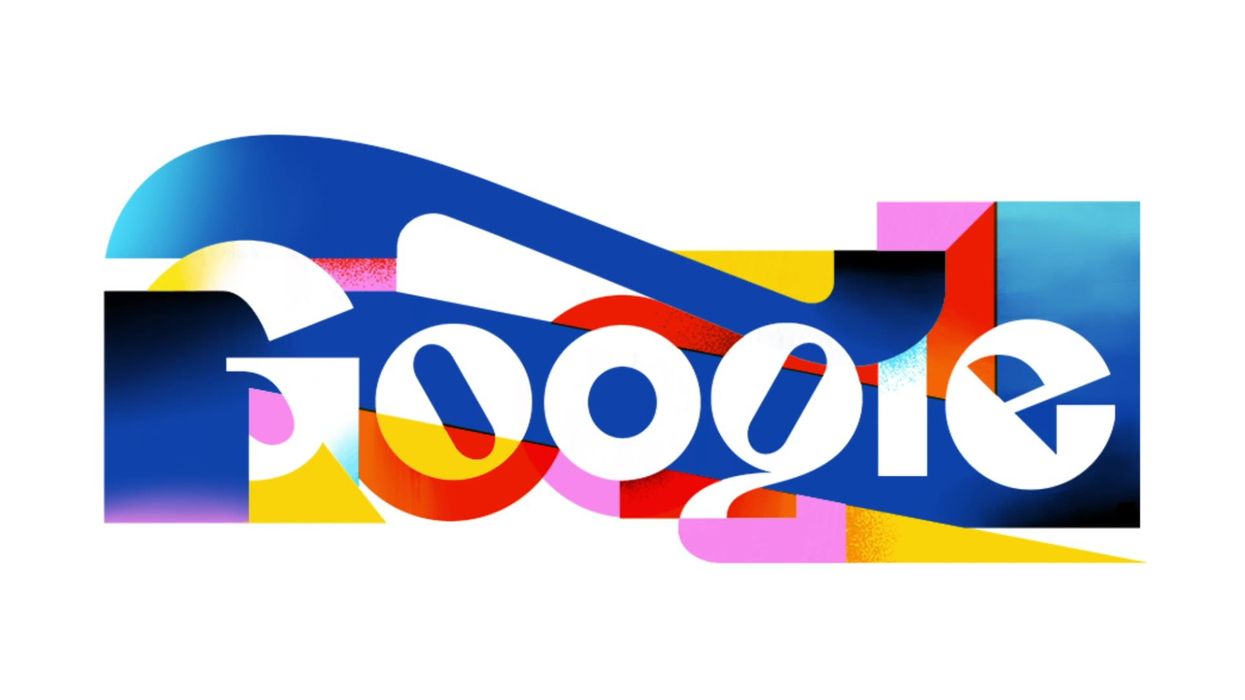Harriet Brewis
Mar 15, 2023
Google doodle celebrates ñ: Why one letter is so significant
content.jwplatform.com
After days of rain and snow we could all do with some comfort food. And today (15 March) Google has served up just the thing.
The search engine has updated its interactive Doodle feature in the celebration of a favourite Filipino dish: adobo.
For those who aren’t aware, a Google Doodle is the temporary change made to the company’s logo on its homepage, usually to commemorate a holiday or some other noteworthy event or person.
Sign up for our free Indy100 weekly newsletter
However, often it is just a fun way to get users to “learn something, or laugh, or feel inspired,” according to Doodle selector Jessica Yu.
Or in this case, feel peckish…
So what’s this Filipino adobo one all about?
Wednesday’s image features two children enjoying the rich aroma of the tender and tasty national stew.
In its blurb to the picture, Google says: “There are many different kinds of adobo in the Philippines but they all share the same basic elements: marinated meat or vegetables braised into a stew. Common ingredients include vinegar, soy sauce, garlic, bay leaves, and black pepper. The local flavors make Filipino adobo much sweeter, sourer, and saltier in taste compared to other versions.”
It then explains that areas within the Southeast Asian country “give their adobo a regional twist”, with some opting to omit the soy sauce, add coconut milk or substitute meat for local vegetables or seafood.
“After evolving throughout the centuries, this iconic dish is now enjoyed worldwide. It’s a symbol and expression of Filipino pride that varies from region to region, family to family, palate to palate,” the website adds.

The Doodle’s artist, Anthony Irwin, offered a reflective explanation for his design, noting how it enabled him to show pride in his culture and “celebrate the connection it creates between my mother's identity and my own.”
He wrote: “For children of immigrants, our relationship with our parents' food is a complex one. On one hand, my mother's cooking made me feel like I was exactly where I was supposed to be. It felt special and safe and warm. But on the other hand, most kids just want to fit in. Growing up in the U.S., I didn't want my food to be special. I didn't want to feel different. I just wanted to be like everyone else.
“Now as an adult, I get to find all of these opportunities to be proud in ways childhood didn't let me feel proud.”
He added that while he was working on the art for his Doodle, he ordered some “southern-style chicken adobo from a local restaurant to stir up some memories.”
“It was so bright and nostalgic, and instantly filled my apartment with that familiar feeling: this is exactly how things are supposed to be. So I tried to capture that simple childhood joy of leaning in and savoring the kind of food that makes home feel like home.”
How to get your idea transformed into a Doodle
Anyone who feels similarly passionate about a food, theme, holiday or figure can submit their idea to the Google Doodle select committee by emailing doodleproposals@google.com – they receive about 7,000 a year.
The team meets every August to begin the process of choosing which designs will appear on the Google homepage in the coming year, usually wrapping up by late October.
Describing their success criteria, Yu said: “We want to create that feeling of surprise and delight when you’re going about your day-to-day life, and then — tada! — a little gift.”
Have your say in our news democracy. Click the upvote icon at the top of the page to help raise this article through the indy100 rankings.
Top 100
The Conversation (0)














